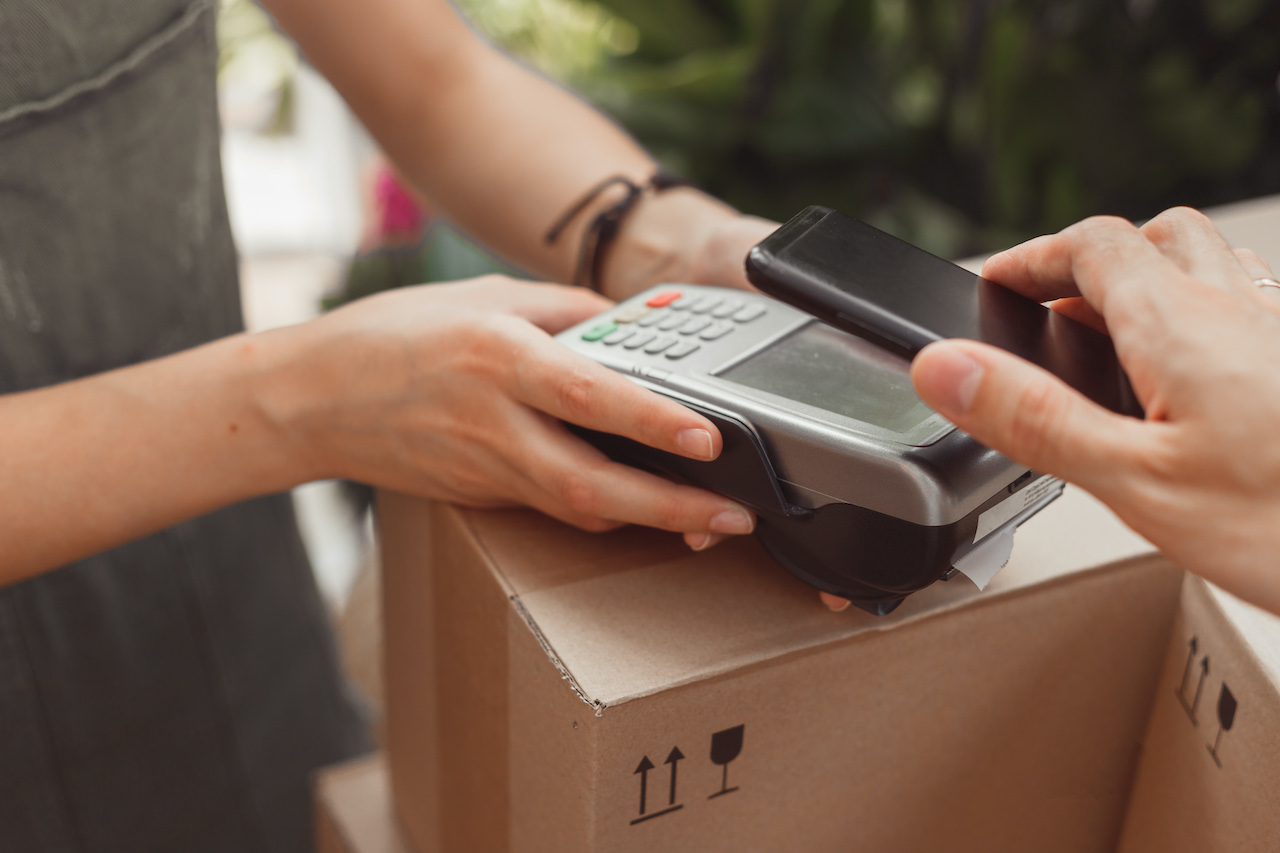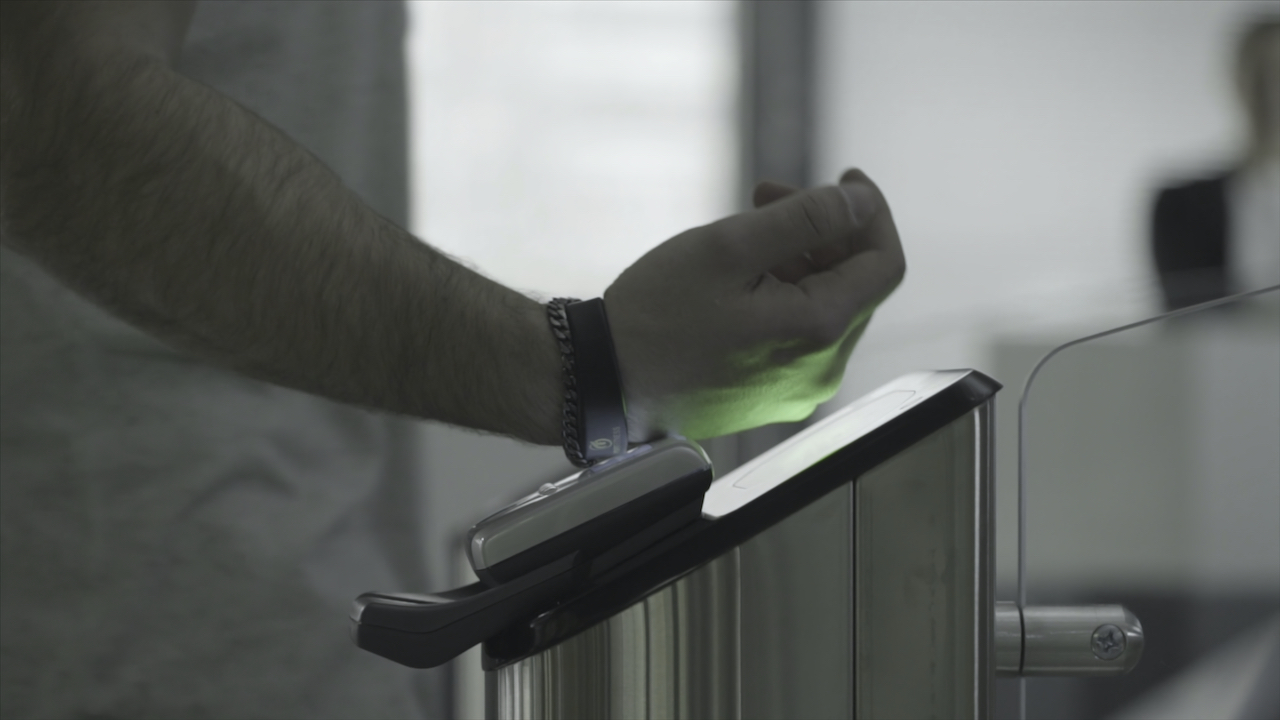Effective wireless communication has always been at the forefront of modern civilization. The aspiration has transformed the world from single-way communication, like TV and radio, to massive platforms on the internet where everyone is free to express their opinions.
The development of radio waves has also made certain military applications accessible to the public, with several of them becoming commercially viable by 2010. One of the most sought-out ones is the RFID sensor, which has proved invaluable for big and small businesses. This piece will introduce you to this intriguing technology and how you can benefit from an RFID reader/writer in your enterprise.

What Is RFID?
RFID (Radio Frequency Identification) is a Cold War-era technology that provides convenient tracking and identification of specific assets using radio waves. It works on the electromagnetic or electrostatic coupling principle, depending on the deployed variant. Today, you can observe the use of RFID in various applications, from wildlife research to visitor management systems.
What Are RFID Sensors?
An RFID sensor uses the technique mentioned above to transmit data only available at specific frequencies. It allows the sensor to collect and relay data from physical sources by converting them to electrical signals. There are several variants, ranging from proximity sensors to safety lights for curtains.
Parts of an RFID Sensor
RFID sensors usually consist of two parts: an antenna and a chip. The antenna emits or receives radio waves, which can belong to a specific frequency as per the programming of the sensor. The chip stores the data in the form of electrical signals and provides it to the antenna as needed. It also has the RFID tag code, which is used to identify the sensor. Depending on the type, an RFID sensor can also have a battery to facilitate its function.
To identify the object, you need an RFID reader that decodes the signal using the RFID tag data stored on the chip. Since most such sensors work close to the frequency of regular radio communication, you can even use an RFID reader on iPhone to detect nearby sensors. Apple already provides Airtags as a means of intelligent item tracking.
Types of RFID Sensors
On the basis of design, you can classify RFID sensors into the following two types.
- Active Sensors: The sensors that actively emit data through radio waves are called active sensors. Those have a decent range, but including a battery makes them bulkier and limits their usage cycle.
- Passive Sensors: Passive sensors don’t emit radio signals on their own. You have to convert them to an active state to read the required data. Such sensors are highly versatile, but their passive nature reduces their detectable range.
Classification Based on Frequency Range
Based on frequency, you can classify RFID sensors in the below-mentioned classes.
- Low Frequency: Sensors with a frequency range between 30 kHz to 500 kHz. You can detect it from only a few inches away.
- High Frequency: Sensors that have a frequency anywhere between 3 MHz to 30 Mhz belong to this category. They have a detection range of up to six feet (1.83 m).
- Ultra-High Frequency: RFID sensors with a frequency of 300 MHz and above are classified as ultra-high frequency (UHF) sensors. You can detect such sensors from more than 25 feet (7.62 m) away.
Benefits of Deploying RFID Sensors
There are several advantages of deploying RFID sensors in a commercial environment. A few crucial ones include the following.

Enhance Efficiency
You can streamline several logistical functions by assigning an RFID sensor to each package or shipment. It saves time on the personnel recording each one and helps automate transportation, such as when using robotic loaders.
Improve Asset Tracking
Knowing precisely where your goods are at all times is a crucial aspect for most businesses, especially in warehouse management. RFID sensors help you do that through a unique tag for each shipment. And, since the sensors are reprogrammable, you can use the same sensors for the next shipment.
Improve Safety
Designing RFID-based access to an area is more effective and less invasive than other surveillance-based systems. With the appropriate readers in place, you can know the precise location of each employee in real-time. The system also allows for a convenient turnover, as you can simply switch the information on the tag instead of registering new or deleting old details from the database.
Reduced Costs
Given how inexpensive it is to implement a system based on the RFID sensor, you can significantly reduce your annual business cost. Unlike barcodes, RFID tags don’t degrade or get damaged during use. Moreover, you can archive a year’s worth of data on a couple of hard drives instead of regular video and audio records that require entire server farms.
Conclusion
With each passing year, the RFID technology is progressing by leaps and bounds, granting more features for commercial applications. If you’re someone looking for customized solutions, check out Qbasis for reliable services and the best quotes.



